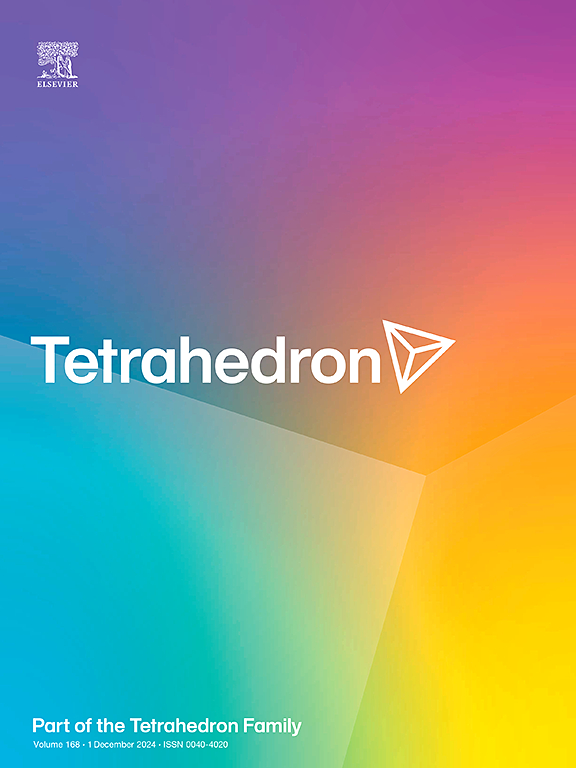Conduritols: Synthesis strategies from classic to contemporary
IF 2.1
3区 化学
Q2 CHEMISTRY, ORGANIC
引用次数: 0
Abstract
Conduritols, cyclic polyols with diverse biological activities, have garnered significant attention since their discovery over a century ago. These compounds, comprising six isomers (A, B, C, D, E, and F), possess unique structural and stereochemical properties, with only A and F naturally occurring. Conduritols and their derivatives serve as essential precursors for biologically significant molecules, including cyclitols, pseudo-sugars, and phosphorylated inositols. Their applications span a wide range of biological processes, such as glycosidase inhibition, insulin modulation, and signal transduction, making them promising candidates for therapeutic interventions in diabetes, cancer, and HIV/AIDS.
Synthetic advancements have enabled the preparation of all conduritol isomers, employing innovative approaches like aromatic diol transformations and stereocontrolled reactions. These methods have unlocked efficient pathways to biologically potent compounds, including pancratistatin, narciclasine, and aminoglycosidic antibiotics. This review provides an overview of the historical progress, synthetic methodologies, and biological significance of conduritols. Recent innovations in stereospecific synthesis are highlighted, showcasing the potential for large-scale production of optically pure conduritols to meet growing biomedical demands. This study aims to highlight advancements in conduritol synthesis, focusing on evolving methodologies and stereoselectivity challenges.

Conduritols:从古典到现代的综合策略
孔杜醇是一种具有多种生物活性的环多元醇,自一个多世纪前被发现以来,就引起了人们的广泛关注。这些化合物由六种异构体(A、B、C、D、E和F)组成,具有独特的结构和立体化学性质,只有A和F自然存在。孔枝醇及其衍生物是重要的生物分子的前体,包括环醇、假糖和磷酸化肌醇。它们的应用跨越了广泛的生物过程,如糖苷酶抑制、胰岛素调节和信号转导,使它们成为糖尿病、癌症和艾滋病毒/艾滋病治疗干预的有希望的候选者。合成技术的进步使得所有孔雀醇异构体的制备成为可能,采用芳香二醇转化和立体控制反应等创新方法。这些方法已经打开了有效的途径,以获得具有生物效力的化合物,包括水仙素、水仙素和氨基糖苷类抗生素。本文综述了紫荆醇的历史进展、合成方法及其生物学意义。强调了立体特异性合成方面的最新创新,展示了大规模生产光学纯孔杜醇以满足日益增长的生物医学需求的潜力。本研究的目的是强调孔雀醇合成的进展,重点是不断发展的方法和立体选择性的挑战。
本文章由计算机程序翻译,如有差异,请以英文原文为准。
求助全文
约1分钟内获得全文
求助全文
来源期刊

Tetrahedron
化学-有机化学
CiteScore
3.90
自引率
4.80%
发文量
439
审稿时长
34 days
期刊介绍:
Tetrahedron publishes full accounts of research having outstanding significance in the broad field of organic chemistry and its related disciplines, such as organic materials and bio-organic chemistry.
Regular papers in Tetrahedron are expected to represent detailed accounts of an original study having substantially greater scope and details than that found in a communication, as published in Tetrahedron Letters.
Tetrahedron also publishes thematic collections of papers as special issues and ''Reports'', commissioned in-depth reviews providing a comprehensive overview of a research area.
 求助内容:
求助内容: 应助结果提醒方式:
应助结果提醒方式:


